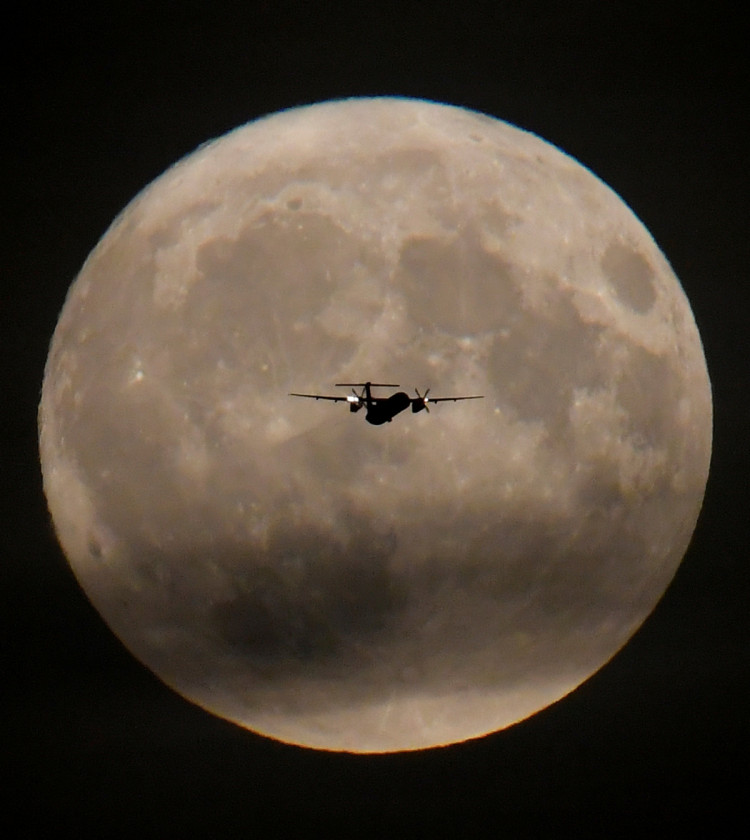We can all agree that the moon is one magnificent thing to behold. The lunar surface is a diverse landscape of plains and craters worth admiring and exploring. Now, we have one more reason to appreciate our neighbor, thanks to the first-ever comprehensive geologic map created by the United States Geological Survey (USGS).
The USGS, along with NASA and the Lunar Planetary Institute, has just mapped and classified the entire lunar surface. The map, which scientists call the "Unified Geologic Map of the Moon," should help in future manned missions as well as serve as a teaching tool for students. It also makes a cool thing to share on social media.
"This map is a culmination of a decades-long project," said Corey Fortezzo, USGS geologist and lead author, in a press release. "It provides vital information for new scientific studies by connecting the exploration of specific sites on the moon with the rest of the lunar surface."
The map was created from data collected way back in the Apollo era and recent satellite mission data. It's the most comprehensive map to date, with a scale of 1:5,000,000.
The researchers essentially used six 1:5,000,000-scale maps that were released in 2013 and compared old data with the new to create a more accurate image of the moon. Guidelines for features to create a better map key were also established, which include troughs, garbens, scarps, fissures, faults, crater rim crests, buried crater rim crests, and other landforms.
The colors on the map aren't random at all -- each refers to a certain type of surface feature grouped together based on their age:
- Brown features are 'pre-Nectarian': from the Moon's origin 4.5 billion years ago, to 3.92 billion years ago.
- Orange and tan are 'Nectarian' features: 3.92 to 3.85 billion years old.
- Purple, blue, and pink are for 'Imbrian' features: 3.85 to 3.16 billion years old.
- Green is for 'Eratosthenian': 3.16 to 1.1 billion years old.
- Yellow for 'Copernican': from 1.1 billion years ago to the present.
The various shades of each color refer to different feature types, such as craters, plateaus, basins, 'maria,' plains, massifs, and domes. The detailed map also names a lot of features on the surface and pinpoints the locations of previous landings - manned and unmanned.
The animation below shows a rotating globe of the new Unified Geologic Map of the Moon with shaded topography from the Lunar Orbiter Laser Altimeter (LOLA).




